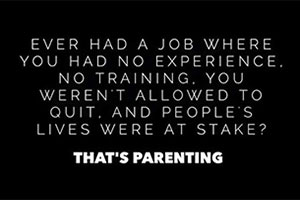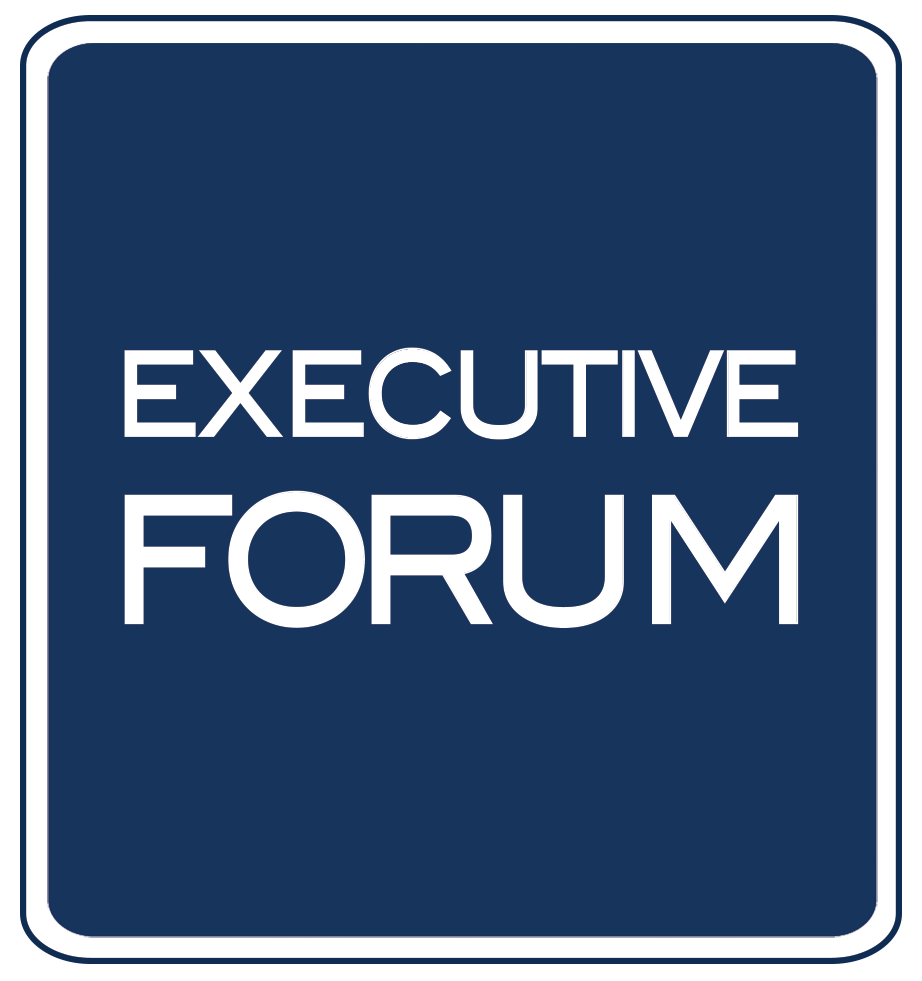
Proactive vs Reactive DEI
Today’s blog is from Australian contributor, Dr. Tom Verghese. Tom is Principal and Founder of Cultural Synergies. His work helps…
Joanne Collins

Ask for Help – Trust – Collaboration
Guest Author: Mike Ulwelling, excerpted from his blog Mike Ulwelling is an accomplished Senior Executive, Advisor, and Board Member with…
Joanne Collins

Leaders Telling Stories
The following blog is from Tom Verghese of The Cultural Synergist. Tom has generously agreed to let us share his…
Joanne Collins

Knowledge Transfer Lessons: The Value of the Struggle — Friday Flashback
It may seem like a cliché to say that employees are the most valuable asset in any organization, but if…
Joanne Collins

10 Ways Frontline Leadership is like First-Time Parenting — From the Archives
There is no steeper learning curve in leadership than your very first frontline leadership position. Perhaps the only comparable experience…
Joanne Collins

What Would Ted Lasso Do?
It may seem odd to find lessons in leadership from a TV show, but I contend that the leadership (and…
